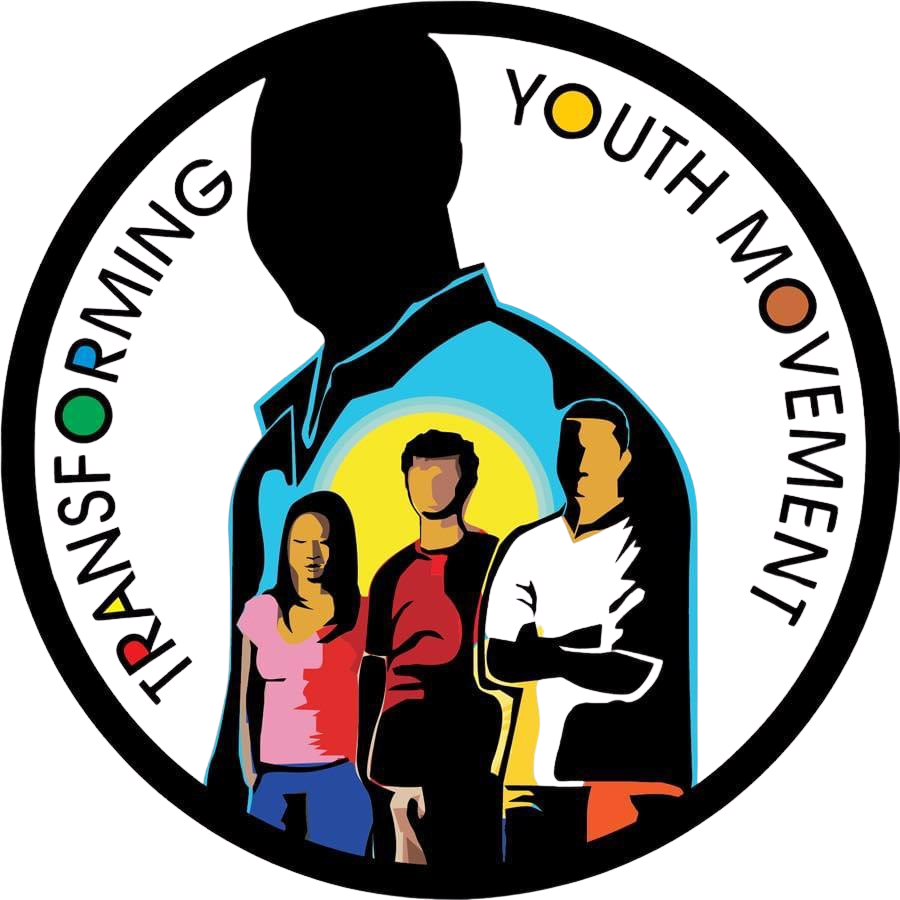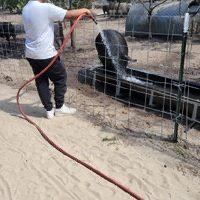Community Service
Community Service
1. Program Overview
•We exist to inspire positive social change and community transformation through youth.
2. Program Objectives
• Instill a sense of responsibility and leadership in youth.
• Build skills in teamwork, communication, and project management.
• Connect youth with coaches who are dedicated to making an impact with positive community change
• Long-term commitment to developing future service-based leaders
• Address specific community needs (e.g., environmental sustainability, hunger, homelessness).
3. Key Components
• Community Service Projects:
• Youth participate in various service projects such as:
• Clean-up campaigns (parks, streets, rivers).
• Food drives and distribution.
• Tutoring and mentoring younger children.
• Enviromental Sustainability Projects
• Volunteer work with local shelters, elderly homes, and hospitals.
• Leadership Development:
• Workshops and seminars on leadership, problem-solving, and team-building.
• Public speaking and advocacy training.
• Opportunities to lead service projects.
• Reflection and Education:
• Structured reflection sessions after each service project to discuss learnings and impacts.
• Educational modules on topics like civic responsibility, social justice, and community needs.
4. Program Structure
• Weekly or Bi-weekly Service Sessions: Youth meet on weekends or after school for hands-on service.
• Workshops/Training Sessions: Held monthly or bi-monthly focusing on leadership, skill-building, and community issues.
• Duration: Year-long with a possibility for continued participation in future cycles.
5. Partnerships and Collaborations
• Local Non-Profits: Partner with established organizations focused on community issues like homelessness, education, or the environment.
• Schools and Youth Centers: Recruit participants and provide additional educational resources.
• Local Businesses: Provide sponsorships, internship opportunities, or volunteer manpower.
• Government and Civic Organizations: Collaborate on city or regional initiatives, gain access to resources, and increase program reach.
6. Program Outcomes
• Short-term:
• Immediate impact on local community issues.
• Increased leadership and social responsibility among youth.
• Long-term:
• Cultivate future community leaders.
• Create a sustained culture of youth engagement in social causes.
• Strengthen community bonds across different generations and sectors.
7. Evaluation and Monitoring
• Surveys/Feedback: Collect input from youth participants, community members, and partners about the impact and areas of improvement.
• Metrics for Success:
• Number of service projects completed.
• Number of participants who continue community service or leadership roles.
• Positive feedback from the community.
• Long-term partnerships formed with local organizations.





